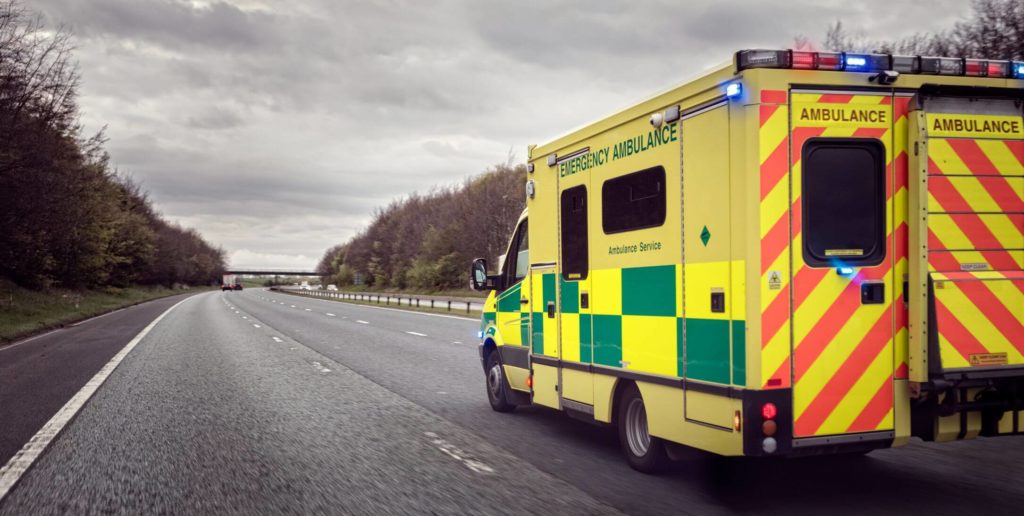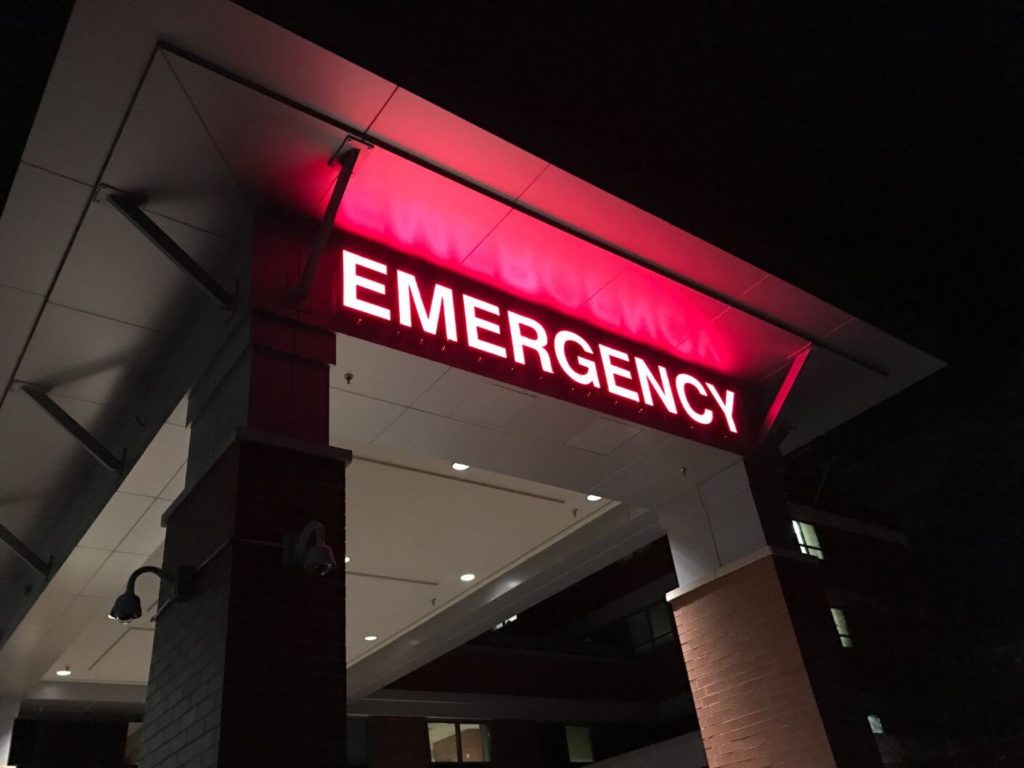According to recent data from the Centers for Disease Control and Prevention (CDC), drug overdose deaths in 2020 are projected to total just over 93,000, the highest total yet seen in the U.S.
This represents a nearly 30% rise from 2019, when the agency’s National Center for Health Statistics projected 72,151 deaths for that year.
Nora Volkow, MD, director of the National Institute on Drug Abuse (NIDA), expressed grave concern about the rise in overdoses. “This is the highest number of overdose deaths ever recorded in a 12-month period, and the largest increase since at least 1999,” Volkow said in a widely reported statement.
“As we continue to address both the COVID-19 pandemic and the opioid crisis, we must prioritize making treatment options more widely available to people with substance use disorders,” she added.

Opioid Drugs Responsible For Majority Of Overdoses
Sadly, much of the increase in overdose deaths was due to a persistent foe: opioid drugs. A family of drugs including heroin, fentanyl and prescription pain medications, these narcotics have chiefly been responsible for the ongoing overdose crisis.
2020 was no different; opioid overdoses made up the overwhelming majority of overdoses at 69,710.
The roots of the overdose crisis can be traced to the mid-1990s. Although opioid prescriptions had gradually been rising before then, pharmaceutical firms debuted new, more powerful painkilling drugs during the middle of the decade. Of those, Purdue Pharmaceuticals’ OxyContin, became rapidly and widely prescribed.
OxyContin is a powerful, extended-release pain medication. Unfortunately, like all opioids it’s also addictive. People taking OxyContin keep renewing their prescriptions, and when their doctors stopped refilling them, many got desperate. Behaviors such as “doctor shopping” emerged, and some users migrated to illicit street opioids like heroin for relief.
Street Opioids Like Fentanyl And Heroin Are Particularly Dangerous
Heroin has been a street drug for decades. It’s made from morphine, itself an opioid drug made from the sap of the opium poppy. Injected, smoked, and sniffed, heroin is a fast-acting and highly addictive drug.
While it’s similar in effect to pharmaceutical opioids like OxyContin, heroin is illicitly manufactured – there’s no real quality control going on. To make their supply last longer, dealers often “cut” their supply, meaning they add substances to the heroin they sell. In recent times, fentanyl has often showed up in heroin markets.
Fentanyl is a potent, synthetic painkiller used to treat severe pain in a medical setting. Its potency – NIDA estimates it’s 80 times as strong as morphine – contributes to its lethality. Many of the deaths in the overdose crisis can be laid at the feet of fentanyl.
According to the Drug Enforcement Administration (DEA), fentanyl is largely manufactured in clandestine labs outside of the US, and then trafficked over the US-Mexico border. The DEA also warns fentanyl is often sold as other drugs on the street or used to cut drugs like heroin and cocaine.
They’re not joking about the danger. The agency warns just over a quarter of the counterfeit pills they test for fentanyl contained lethal amounts of the drug.
As we say so often in the treatment industry, addiction isn’t a choice. Long-term use of opioids comes with many risks, however, and the behavior patterns those risks cause fuel addictive behavior.
How Long-Term Opioid Use Changes Behaviors
In some people, opioids don’t just affect how the body perceives pain. The drug causes a release of a neurotransmitter called dopamine, which is used in the body’s reward system. Ordinarily dispensed by the nervous system in small amounts, opioid drugs can cause the nervous system to turn that small trickle into a torrent, flooding the nervous system with the chemical that makes us feel good. This creates the euphoric rush many opioid users end up chasing.
At the same time, it’s possible to build up a resistance to the effects of opioids. A person taking opioids to combat chronic pain from an injury might find their initial dose doesn’t treat the pain like it used to. Instead of taking one pill a day as their original prescription directed, they might start taking two.
This tendency is called tolerance and is a major symptom of substance abuse – users have to keep taking more and more to feel the same effects. Additionally, the body gets used to the higher amounts of opioids in the system. When a person stops taking opioids, they’ll begin to experience flu-like symptoms: body aches, chills, fevers, and digestive issues.
This is called withdrawal, and the effects can be so intense users will continue using opioids simply to avoid experiencing them.
There’s also the biggest risk of all: overdose.

Opioid Overdose: What To Watch For & What To Do
Opioids also slow down breathing. When people knowingly or unknowingly take too high a dose, their breathing can slow down to the point where the brain gets starved of oxygen. Injury and death rapidly follow.
According to the US National Library of Medicine, opioid overdoses have distinct signs, including:
- Limp body
- Blue fingertips and/or fingernails
- Gurgling noises and vomiting
- The person can’t be awakened
- Pale, clammy face
Although it’s possible to save a person who is overdosing, time is a factor. The first thing to do in the case of an overdose is call 9-1-1. In the meantime, there are things which can help before first responders arrive:
- If it’s available, administer naloxone.
- Do everything possible to keep the person awake.
- Turn them on their side – it’ll prevent choking if they vomit
The overdose crisis has been a long and sad struggle for thousands of people. While this latest data release may seem like the situation is hopeless, it’s anything but: drug and alcohol treatment is a literal lifeline for people trapped in the cycle of opioid abuse.
Another lifeline are sober living houses. Not just places where people can recover free from addiction temptations and harmful social networks, they’re also places where people can recognize an opioid overdose and intervene before it turns lethal.
SoberLivingNearYou.com is a can’t-miss directory of sober living houses. We can help you find a house suitable for every budget and every need. With thousands of sober living house listings, you’ll find your ideal solution quickly and easily.
Start your search today!



